Search
Search Results
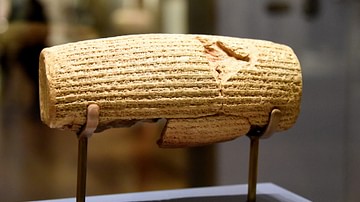
Image
The Cyrus Cylinder
This clay tablet dates back to the reign of the Achaemenid king Cyrus the Great, who ruled Iran between 550-530 BCE. The cylinder describes the king's peaceful capture of the city of Babylon in the year 539 BCE and he how built the main temple...
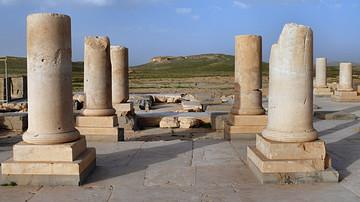
Definition
Pasargadae
Pasargadae was one of the oldest residences of the Achaemenid kings, founded by Cyrus the Great (r.559-530). It resembled a park of 2x3 km in which several monumental buildings were to be seen. According to the Roman geographer Strabo of...
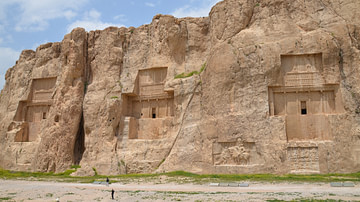
Article
Achaemenid Kings List & Commentary
The Achaemenid Empire (c. 550-330 BCE) was the first great Persian political entity in Western and Central Asia which stretched, at its peak, from Asia Minor to the Indus Valley and Mesopotamia through Egypt. It was founded by Cyrus II (the...
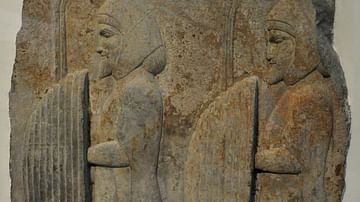
Definition
Ancient Persian Warfare
The ancient Persian military evolved from the earlier armed forces of the Medes which, in turn, developed from the warrior class of the indigenous people of the Iranian Plateau, the Aryan migrants (including the Persians) who later settled...
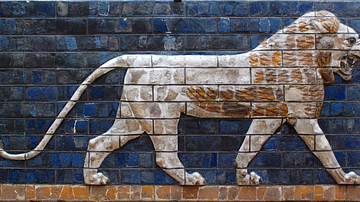
Definition
Babylon
Babylon is the most famous city from ancient Mesopotamia whose ruins lie in modern-day Iraq 59 miles (94 km) southwest of Baghdad. The name is derived from bav-il or bav-ilim, which in Akkadian meant "Gate of God" (or "Gate of the Gods"...
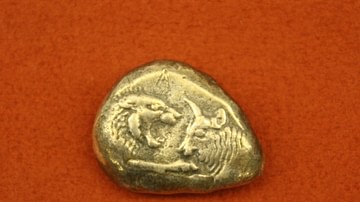
Definition
Lydia
Lydia was a region of western Asia Minor which prospered due to its natural resources and position on trading routes between the Mediterranean and Asia. The Kingdom of Lydia flourished in the 7th and 6th centuries BCE and expanded to its...
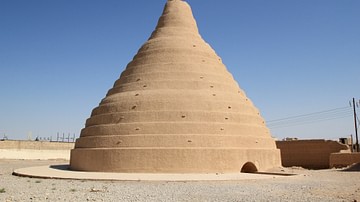
Article
Inventions & Innovations of Ancient Persia
Ancient Persian culture contributed many of the aspects of the modern world which people take for granted as having always existed. The designation “Persia” comes from the Greeks – primarily from the historian Herodotus – but the people of...
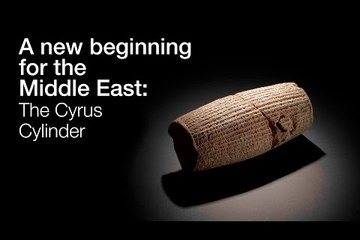
Video
A new beginning for the Middle East: The Cyrus Cylinder and Ancient Persia
The Cyrus Cylinder is one of the most famous objects to have survived from the ancient world. It was inscribed in Babylonian cuneiform on the orders of Persian King Cyrus the Great (559-530 BC) after he captured Babylon in 539 BC. The...
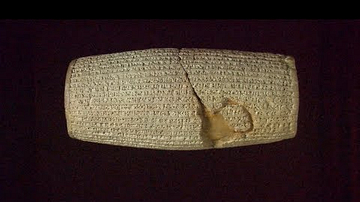
Video
The Cyrus Cylinder from Ancient Babylon and the Beginning of the Persian Empire
Lecture by Dr. John E. Curtis, OBE, FBA, Keeper of Special Middle East Projects, The British Museum. Introduction by Joan Aruz, Curator in Charge, Department of Ancient Near Eastern Art at The Metropolitan Museum of Art. This program is presented...
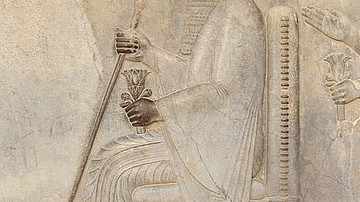
Article
Bureaucracy in the Achaemenid Empire: Learning from the Past
In the early days of the Achaemenid Empire (c. 550-330 BCE), the kings came to realise that, if they were to be able to administer the vast mass of land and the multicultural people who inhabited it, they had to create an organizational system...